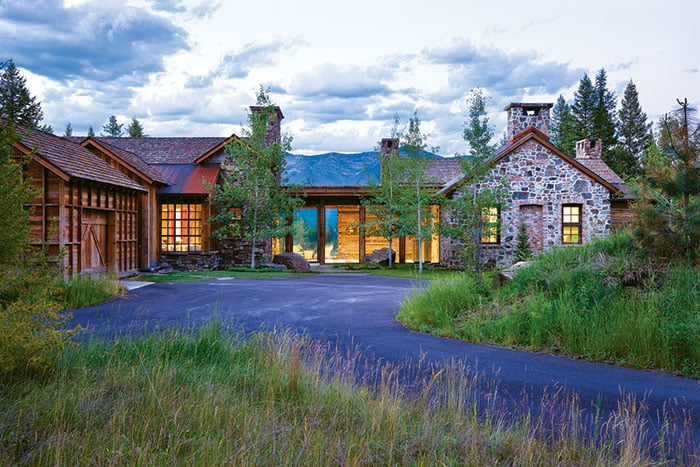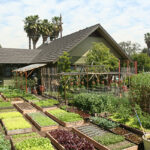Welcome to the world of permaculture zones on a 15-acre homestead. If you’re dreaming of a sustainable lifestyle, then understanding how to design and implement permaculture zones is essential. In this guide, we’ll explore the principles of permaculture, how to apply them to a homestead, and the many benefits of adopting this eco-friendly approach.

What Are Permaculture Zones?
Permaculture zones are a method of organizing land into different areas based on their function and frequency of use. This system is designed to maximize efficiency and sustainability in your homestead. With a thoughtful design, you can create a self-sustaining environment that works in harmony with nature.
The Basics of Permaculture
Permaculture is more than just gardening; it’s a lifestyle. It incorporates principles like working with nature, minimizing waste, and using renewable resources. By applying these principles, you can create a more resilient and productive homestead.
Designing Your 15-Acre Homestead
On a 15-acre homestead, you have the space to implement a variety of zones. Here’s a breakdown of how you might design your homestead:
Zone 0: The Home
This is the center of your homestead, where you live and spend most of your time. It’s essential to make this area energy-efficient and comfortable. Consider using solar power and rainwater harvesting, as discussed in our sustainability journey.
Zone 1: The Kitchen Garden
Located close to the home, this is where you grow herbs, vegetables, and small fruits. It’s a highly productive area that you’ll visit daily. For tips on maximizing your garden’s potential, check out our sustainable living tips.
Zone 2: The Food Forest
This area is for perennial plants like fruit trees, nut trees, and larger shrubs. It’s less intensively managed than the kitchen garden but still provides a significant yield.
Zone 3: The Pasture
Here, you can raise livestock such as chickens, goats, or sheep. Proper management of this zone is crucial for maintaining healthy animals and soil. Learn more about livestock care at our livestock lessons.
Zone 4: The Woodland
This area provides firewood, timber, and wild food. It’s a semi-wild area that requires minimal maintenance.
Zone 5: The Wilderness
The final zone is left untouched, allowing nature to thrive. It serves as a habitat for wildlife and a source of inspiration.
Benefits of Permaculture on a Homestead
By implementing permaculture zones, you can enjoy numerous benefits:
- Increased food production
- Improved soil health
- Reduced waste and energy consumption
- Enhanced biodiversity
- A more resilient and self-sufficient lifestyle
Getting Started with Permaculture
Starting a permaculture homestead can seem overwhelming, but it doesn’t have to be. Begin by observing your land and making a plan. Consider your goals, resources, and climate. For a detailed guide on choosing land for your homestead, visit this resource.
Common Challenges and How to Overcome Them
Like any project, starting a permaculture homestead has its challenges. Here are some common issues and solutions:
- Soil Health: Use compost and cover crops to improve soil quality.
- Water Management: Implement rainwater harvesting and swales to manage water effectively.
- Pest Control: Encourage beneficial insects and use natural methods to control pests.
Conclusion
Creating a permaculture zones on your 15-acre homestead is a rewarding journey. By following the principles of permaculture, you can build a sustainable and thriving environment that supports your family and the planet. Start small, stay committed, and watch your homestead flourish.

FAQ
What is the purpose of permaculture zones?
Permaculture zones help organize a homestead for maximum efficiency and sustainability by grouping areas based on their function and frequency of use.
How do I start implementing permaculture zones?
Begin by observing your land, creating a plan, and gradually implementing changes. Start with small projects and expand as you gain confidence.
Can I use permaculture principles on a smaller property?
Yes, permaculture principles can be adapted to any size property, from a small urban garden to a large rural homestead.





